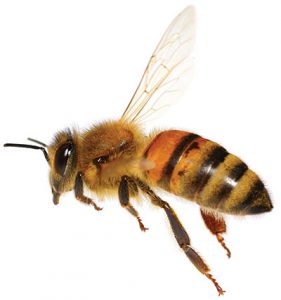Perimeter treatments are a staple of summertime pest management services. No matter what part of the country you are working in, there is a constant pressure from perimeter pests like ants, peridomestic cockroaches, spiders and occasional invaders trying to gain access to structures. As mosquito barrier treatments gain popularity with clients, additional treatments are being targeted directly to vegetation in the immediate surroundings of man-made structures.
As pest management professionals (PMPs), our industry has a duty to ensure that the products we use are being applied in the most responsible manner possible. In recent years, public awareness surrounding pollinator protection has increased greatly. Particular focus has been made on bees — specifically, honey bees (Apis spp.). Based on the most common use patterns employed by PMPs, exposure is not likely; however, these two suggestions may help minimize risks even further.
- Familiarize yourself with pollinator-attractive plants in your region, and avoid flowers and foliage of blooming plants when making an application. This will minimize the likelihood that bees or other beneficial pollinators might be accidentally exposed to insecticide residues.
- Ask whether honey bee hives are present on the client’s property or nearby. Work with the client to avoid drift or other contamination from occurring. Sometimes, honey bee colonies escape from beekeepers and subsequently become the target pest. If this is the case, it might be a good idea to attempt to locate a beekeeper who is interested in removing and relocating the colony without harming it. In some cases, this option is impractical (or even illegal), but doing your due diligence shows your client you are taking a responsible role in protecting pollinator health.
For a complete set of Best Management Practices for Pollinator Health, designed specifically for the structural pest management industry, visit NPMAPestWorld.org.

Leave A Comment